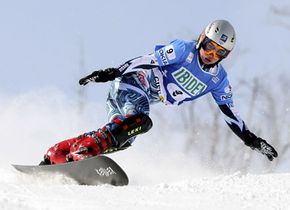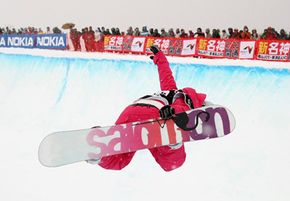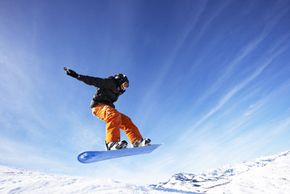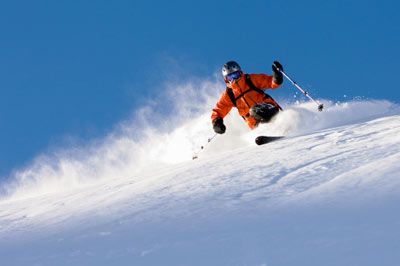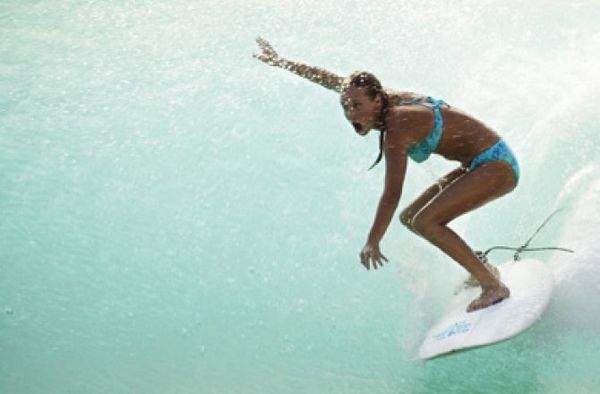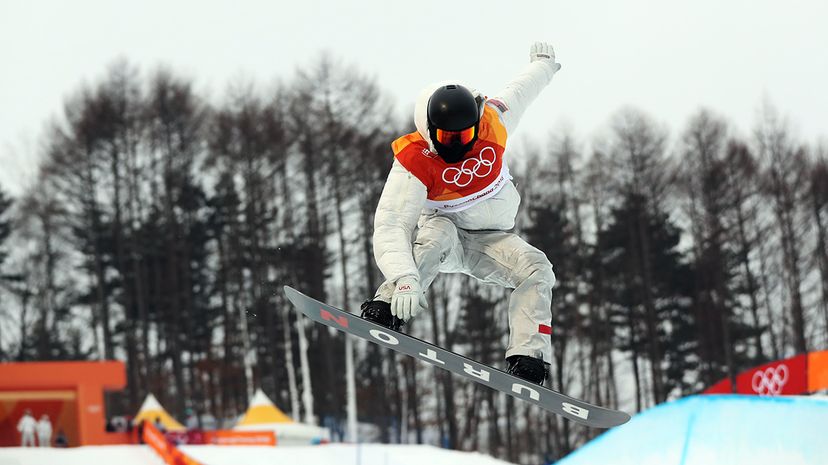
Though it's done on powder like skiing, snowboarding owes more to skateboarding and horse's reigns for support and took a ride through the snow. A decade later, Chicago resident Vern Wicklund got the credit for inventing the first snowboard when he patented what he described as an improved sled.
However, snowboarding didn't really get moving until the 1960s. In 1965, Sherman Poppen, an engineer from Muskegon, Mich., invented a snow toy for his daughter, Wendy. The device consisted of two skis bolted together side by side, with a rope for steering and steel tracks to hold the rider's feet on the board. Poppen's wife dubbed the invention "Snurfer" -- a combination of "snow" and "surfer." The Snurfer was so hard to control that it was an accident waiting to happen, but Poppen was still able to sell a million over the next decade.
Advertisement
Despite the popularity of the Snurfer, snowboarding in the 1960s was nothing more than a hobby for skateboarders and surfers who wanted a bit of wintertime fun. But in the decades that followed, snowboarding gained popularity and started to make a bid for legitimacy.
Over the past few decades, snowboarding has grown from a fringe movement practiced by a handful of scraggly devotees in the backcountry to a legitimate sport with more than 6 million followers and a spot in the Winter Olympic Games. Ski resorts that once refused to open their trails to snowboarders now realize that the sport is big business. Snowboarders now have their own culture, language and style.
So who were the forefathers of snowboarding? And what's with the rivalry between skiers and snowboarders? Find out in the next section.
Advertisement
